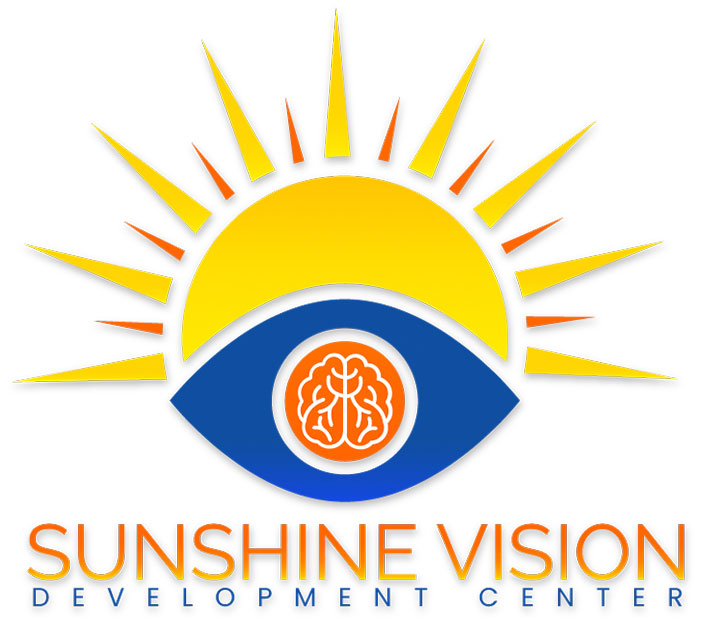Vision & Learning
Most children have no idea how they are supposed to see. Therefore, it is vital that you know the signs that a vision problem is interfering with your child’s ability to read and learn.
The American Federation of Teachers acknowledged the vital role that vision plays in our children’s education and that:
“Even the most gifted students will struggle academically if they have trouble seeing the board or focusing on a book. A tremendous amount of learning happens visually, so proper vision care is crucial to helping students reach their full potential.”
Do you know your vision facts?
One out of four children struggle with reading and learning because of undiagnosed vision problems.
It is estimated that over 60% of problem learners have undiagnosed vision problems.
80% of learning in the classroom is visual.
The majority of the vision problems that interfere with reading and learning are very treatable.
Seeing clearly (“20/20”) is just one of 17 visual skills critical to academic success.
– Video courtesy of The VisionHelp Group (Used by permission)
20/20 is just the beginning
According to the National PTA “It is estimated that more than ten million children suffer from vision problems” that may cause them to fail in school. Vision screenings in schools and at the pediatricians’ offices usually only test distance vision.
Most people think that 20/20 is “perfect vision”, when in fact 20/20 is simply a measurement of what someone is able to see at a distance of 20 feet. Most of our learning is through reading, which is not at 20 feet at all!
There are more than 15 visual skills required for reading and learning, including the ability to point the eyes together, to focus the eyes, to move across the page properly. These skills are often not tested in most vision screenings. Passing a vision screening which tests only distance vision leads parents to believe incorrectly that nothing is wrong
-Dr. Vicky Vandervort | TEDxLincoln (Used by permission)
If any of these visual skills are not working properly, it can make reading and learning an unnecessary challenge. Some children develop behavior problems, while others avoid reading or simply refuse to read. Usually the child is bright, causing parents to be confused by the child’s difficulties. Often the child is labeled hyperactive, lazy, or slow. What makes this even worse is that many of these problems can easily be mistaken as learning disabilities or attention problems such as ADD (Attention Deficit Disorder).
